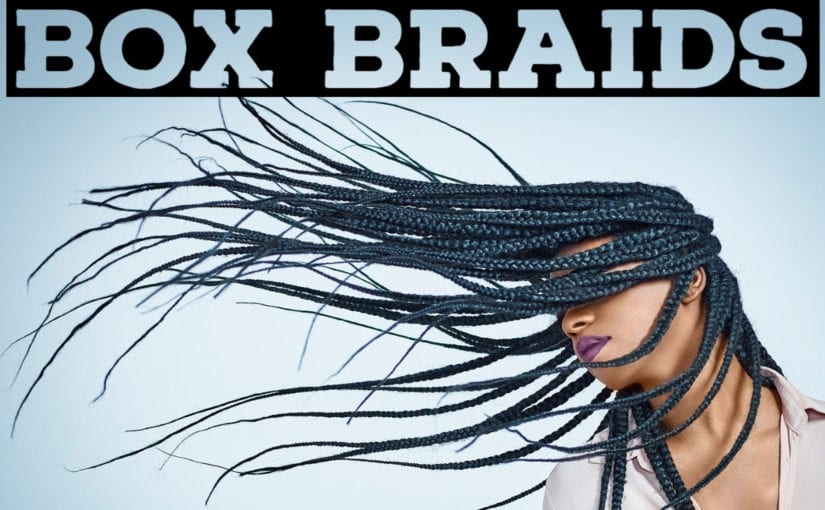TOP 10 Technology Sourcing Trends of 2021
 |
| TOP 10 technology sourcing trends of 2021. Photo: Fenix |
The research – conducted by the firm’s Dutch arm – has found that technology is revamping the way organisations of all sizes are designing and delivering their sourcing models. Meanwhile, technology also serves as the linking pin between new models of cooperation between clients and service providers, and the rapid much-needed acceleration of digitisation in sourcing fuelled by the unprecedented impact of the Covid-19 pandemic.
Across the sourcing value chain, dozens of technology-driven trends are popping up, and according to KPMG’s research a set of twenty IT sourcing trends for the next years are ‘here to stay’. To come to its findings, the Shared Services and Outsourcing Advisory practice of KPMG conducted a literature review and amassed both client and consultant views from dozens of engagements it has under its belt worldwide. The top 10 short-term digital sourcing trends identified by KPMG are:
1. Best of breed sourcing strategies
Organisations are moving away from ‘one size fits all’ delivery models. The need to adopt, integrate and/or migrate new IT solutions and digital services is faster than ever before. The ‘best of breed’ sourcing strategy offers a more granular approach to choose the right balance in sourcing new, upcoming and proven IT solutions, services and delivery models, Consultancy noted.
2. Relational outsourcing agreements
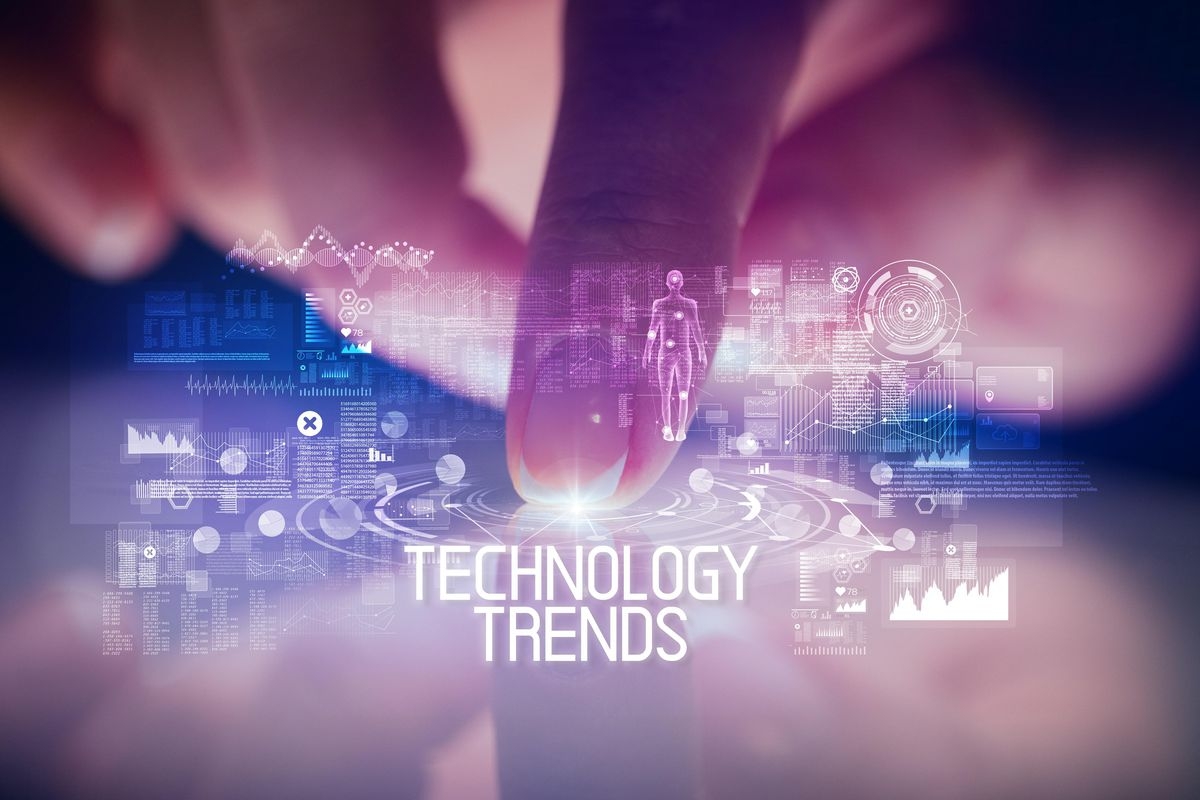 |
| Photo: Forbes |
Transaction-based outsourcing has dominated the sector for decades. But all too common is according to KPMG that transaction-based relationships fail to achieve client objectives and cater to the business needs. As a result, using relational outsourcing agreements to differentiate and enhance contracting is gaining popularity.
READ MORE: Top 9 Latest Technology Trends in 2021
3. Procurement with a purpose accelerates
In 2021 investors will only increase their scrutiny of organisations’ maturity and approach towards sustainability when analysing opportunities. As a result, ESG ratings are now at the top of the sustainability agenda. With today’s public more socially conscious than ever, businesses must align themselves with this shift towards a sustainable supply chain or risk losing business due to inaction, Supplychaindigital cited.
4. Insourcing of integration functions
 |
| Photo: Business |
The shift towards best of breed sourcing strategies has significantly increased the strategic value of client service integration and service orchestration capabilities. KPMG’s researchers note that a fair share of client organisations are insourcing (part of) their service integration and orchestration capabilities and developing these capabilities inhouse, often supported by service providers.
5. Agile based tendering approach
Another growing trend is the adoption of agile working in tendering. In this methodology, the selection process follows a planning of sprints with predefined requested deliverables and selection criteria with more touch points. This adds more alignment and flexibility to the tendering process, as well as allows clients to engage with vendors earlier in the process.
6. Make vs. buy
“With the emergence of new technologies, such as 3D printers, and the need to drive competitive advantage, the current status quo around make vs. buy will be challenged,” commented EY. The firm stated that organisations will need to understand the tradeoffs when it comes to reducing producing downtime and costs, snd improving sustainable practices by making products vs. buying.
7. Hybrid sourcing models
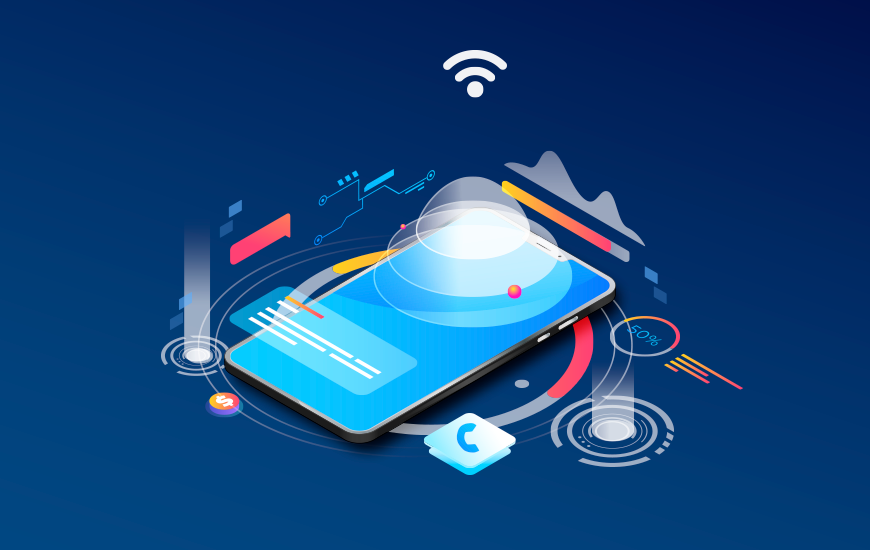 |
| Photo: Hiveiv |
Managed IT services are increasingly combined with cloud-based services creating hybrid sourcing models. While public and private based as-a-service delivery models clearly provide tangible benefits, the majority of organisations do require a mix of dedicated IT solutions and cloud-based services for the foreseeable future.
8. Technology will help reduce supplier risk.
In a world where supply chain risk is top of mind for most electronics buyers, technology will continue to play a role in easing that pain point. According to EY, most organizations will have a 360-deg. view of suppliers through internal data, data from suppliers, market data and external data on suppliers’ performance (e.g., performance of suppliers with other organizations). “This will not only provide historical data about supplier performance but will also enable organizations to accurately and holistically establish supplier risk profiles and to predict risk events.”
9. “Touchless” procurement will gain in popularity over the next 24 months
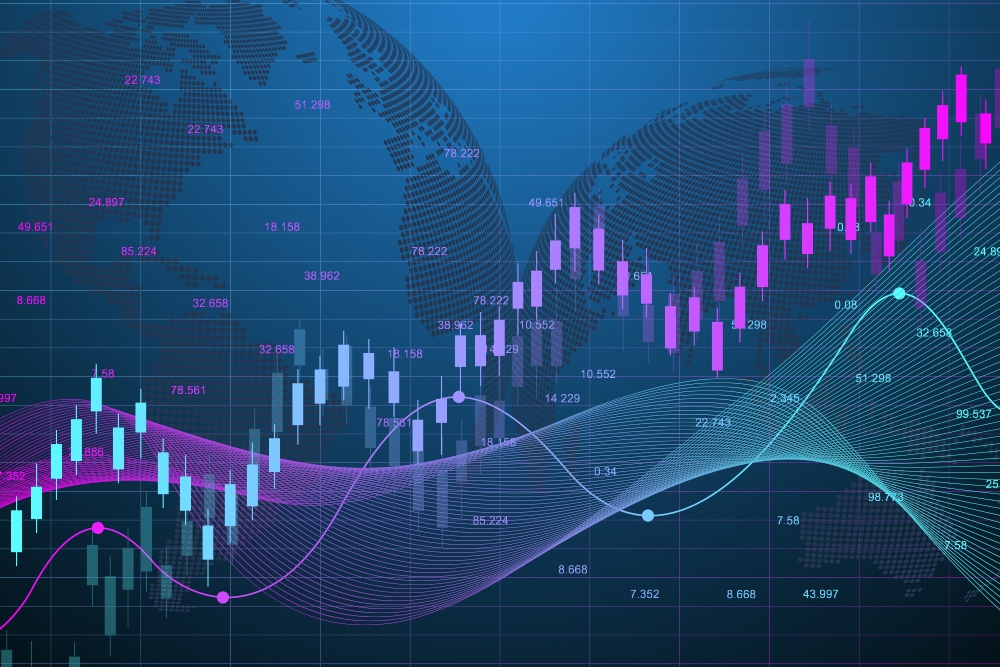 |
| Photo: Bernardmarr |
Captured via IoT, procurement data will be used to support real-time tracking and monitoring of outcomes through continuous feedback loops across assets. “Asset-intensive industries will effectively link this data across the enterprise and connect to suppliers,” EY points out, “thus enabling touchless procurement in the next 24 months.”, Sourcetoday noted.
10. Procurement’s contribution to the overall organisation strategy
First up on EY’s trend list is - procurement’s contribution to the overall organisation strategy. The consultant firm expects this to be a key driver for competitive advantage.
“Leading procurement functions will become part of an organisation’s value stream and will be more influential in contributing to the overall business strategy, growth agenda and competitive advantage. Procurement leaders will be expanding their remit from a focus on cost leadership to enabling innovation, agility and supply certainty”, Supplychaindigital reported.
* Check the information below for more related topics:
 Facts about Apple Car and Its 'Breakthrough Battery Technology'? Facts about Apple Car and Its 'Breakthrough Battery Technology'? Facts about: The car project appears to be back on and Apple Car could begin production in 2024 with ‘breakthrough battery technology’. |
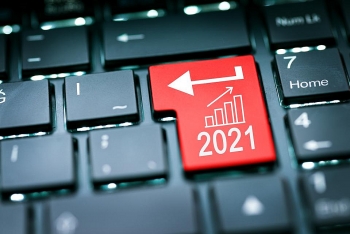 Top 9 Latest Technology Trends in 2021 Top 9 Latest Technology Trends in 2021 Technology is evolving very fast. As the world's foremost tech news contributor, it is our duty to keep everyone updated with the newest trends of ... |
 Who is Ron Wayne: Unknown Founder of Apple Who is Ron Wayne: Unknown Founder of Apple Who is Founder of Apple: Aside from Steve Jobs and Steve Wozniak, there was a third founder of Apple: Ron Wayne. However, he sold his ... |



